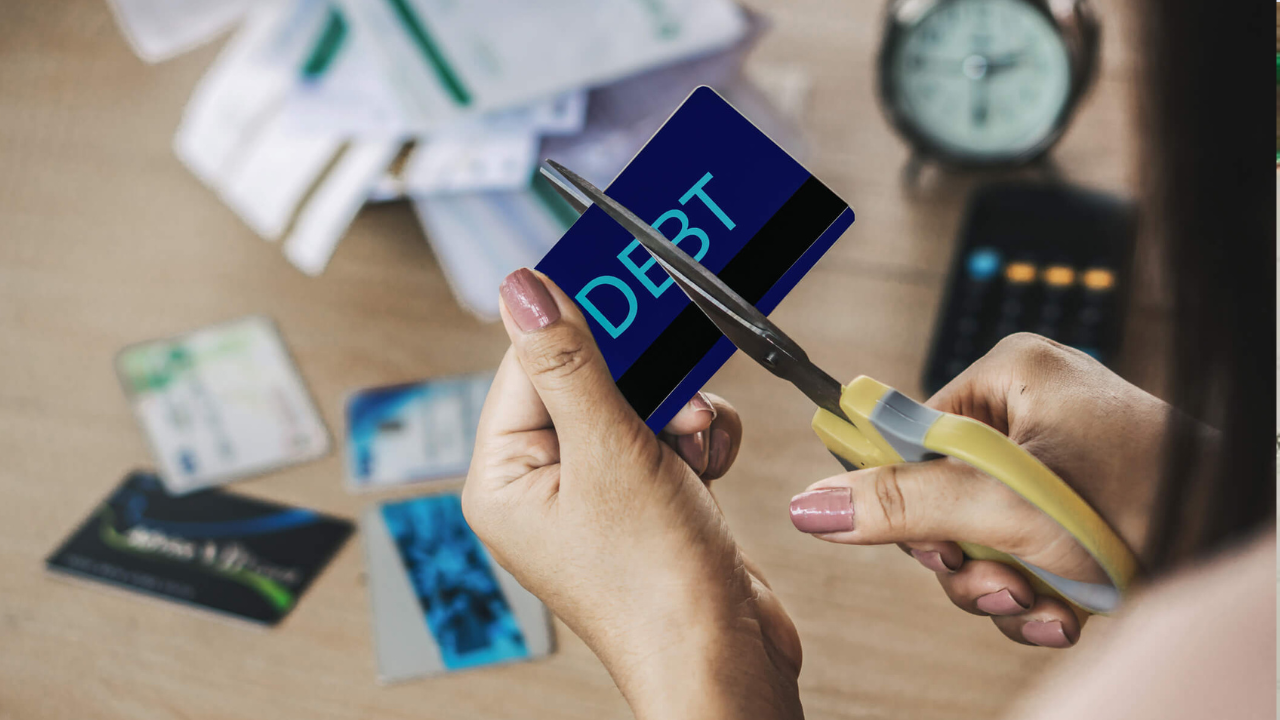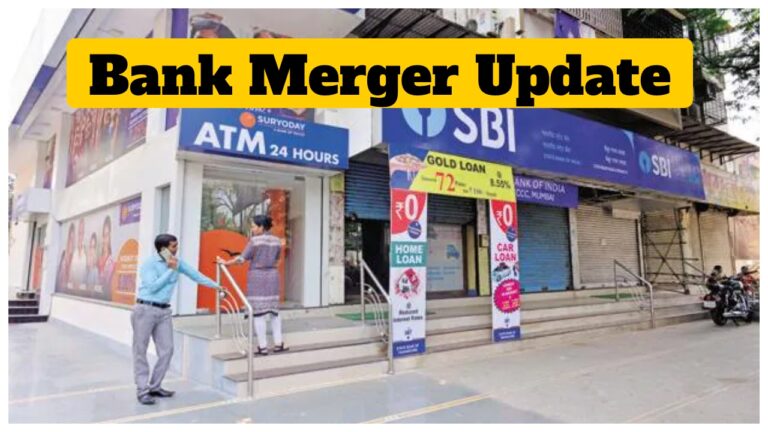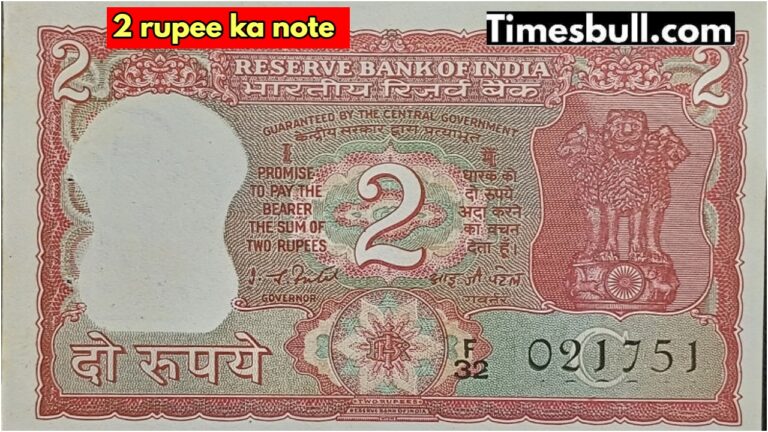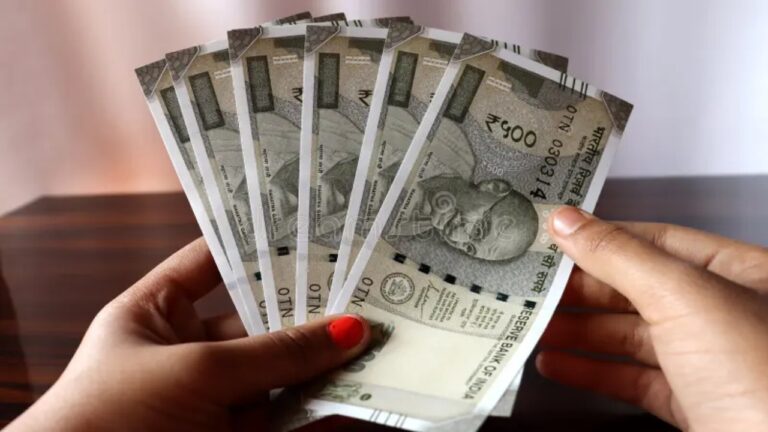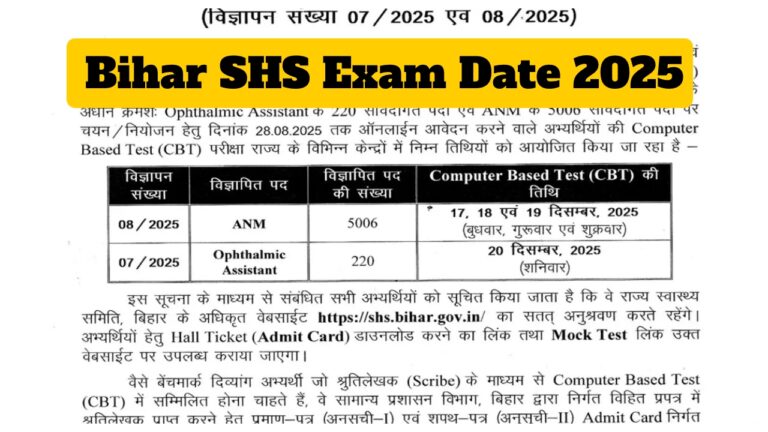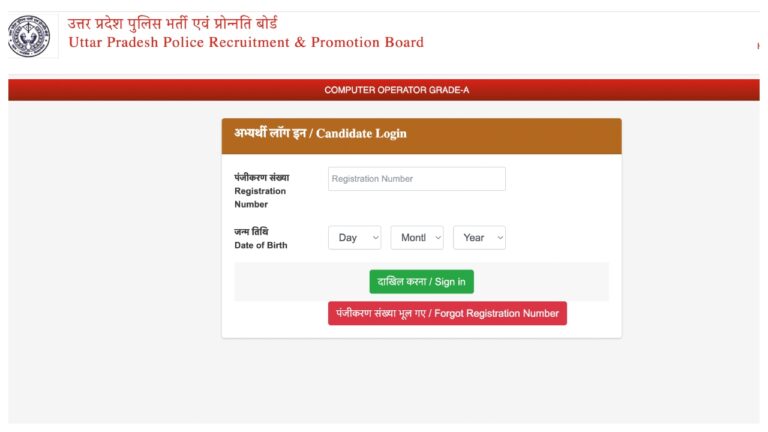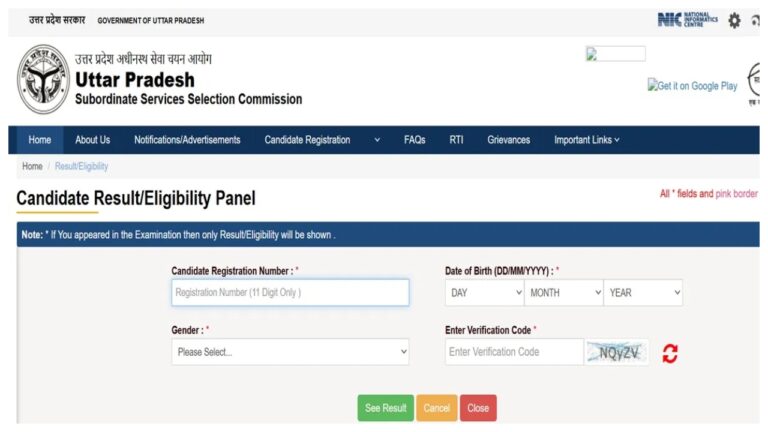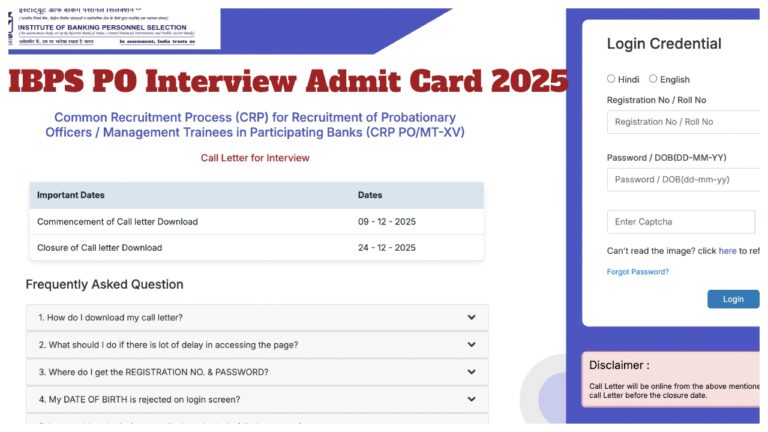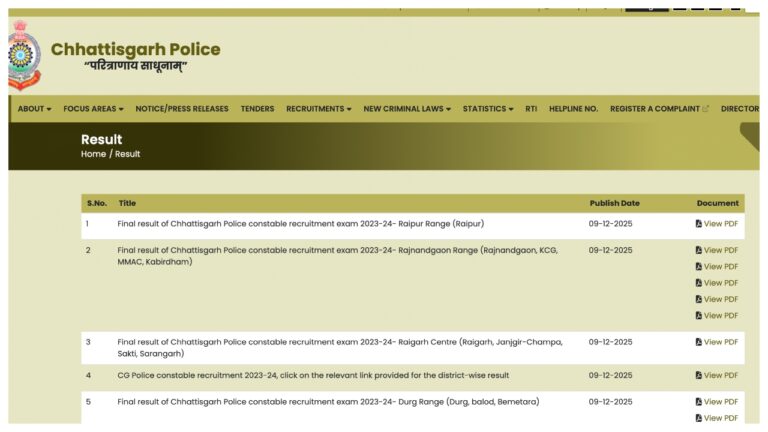If you carry credit card balances month to month, paying off that debt fast might be easier than you think. The key is developing a good plan and sticking to it.
These 10 ways can help you decide which course to take to quickly pay off any credit card debt.
10 Ways To Clear Off Your Credit Card Debt
This 10-step approach will not only help you build a plan but also help you emerge as a financially savvy consumer.
Step 1: Write it down
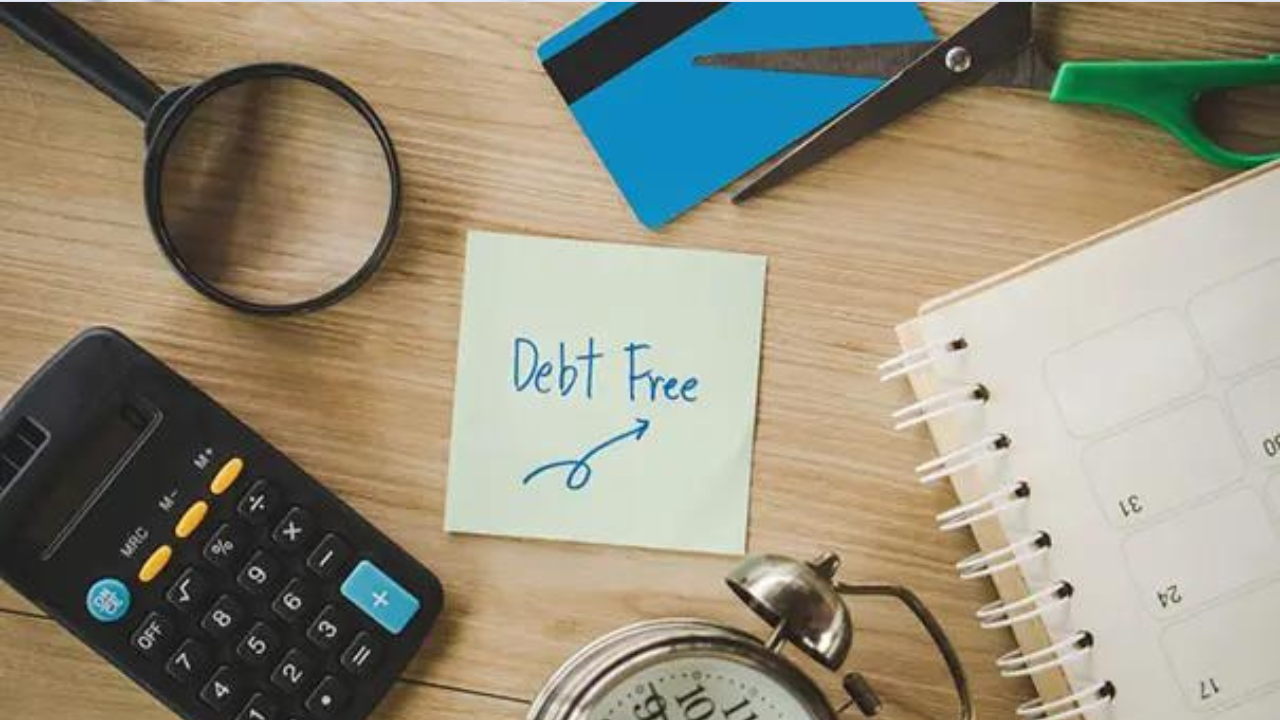
Knowledge is power when it comes to reversing your credit card debt. the first step is to note down important numbers connected to your debt.
List all your credit cards and the amounts owed on each one.
- Write down the interest rates being charged on each card.
- Write down the minimum amount due every month on each card.
- Write down the yearly fees charged by the company on each card.
- Write down the payment dates for every credit card.
- Create an Excel sheet to track all your payments.
- Having clarity on the above information is the key to paying off your debt as soon as possible.
Step 2: Prioritize your payments
An important step towards freedom from debt is to correctly identify the chronology in which you will make your credit card payment.
This approach not only helps you pay off debts in a systemic way, but it also helps you prevent the owed amount from increasing due to the interest charged.
Step 3: Make your payment plan
There are some simple ground rules to this, and it’s all in the math. The credit card with the highest interest rate is usually the winner. Commit to paying off this card first, while paying the minimum amount on all other cards.
This approach, also known as the avalanche method, ensures that most of your credit card bill payment goes towards the principal amount and not the interest.
Step 4: Always pay the minimum amount
This amount is mentioned in your monthly credit card bill. if you do not pay even the minimum amount on each card, you may be charged additional late payment fees, adding to your existing dues.
Step 5: Always pay on time
At crunch time, paying your bills on time is non-negotiable. it’s a good idea to calendar your payment schedules a day or two in advance of the official payment date.
Step 6: Negotiate with your bank
Ask your bank if the interest rate can be lowered, for example, or if they can waive or reduce the yearly fees.
Step 7: Consider a credit card balance transfer
A balance transfer is a very useful opportunity for customers in credit card debt. it empowers them to transfer their dues to a credit card with a much lower rate of interest. This switch also gives you a fresh start on rebuilding your credit score.
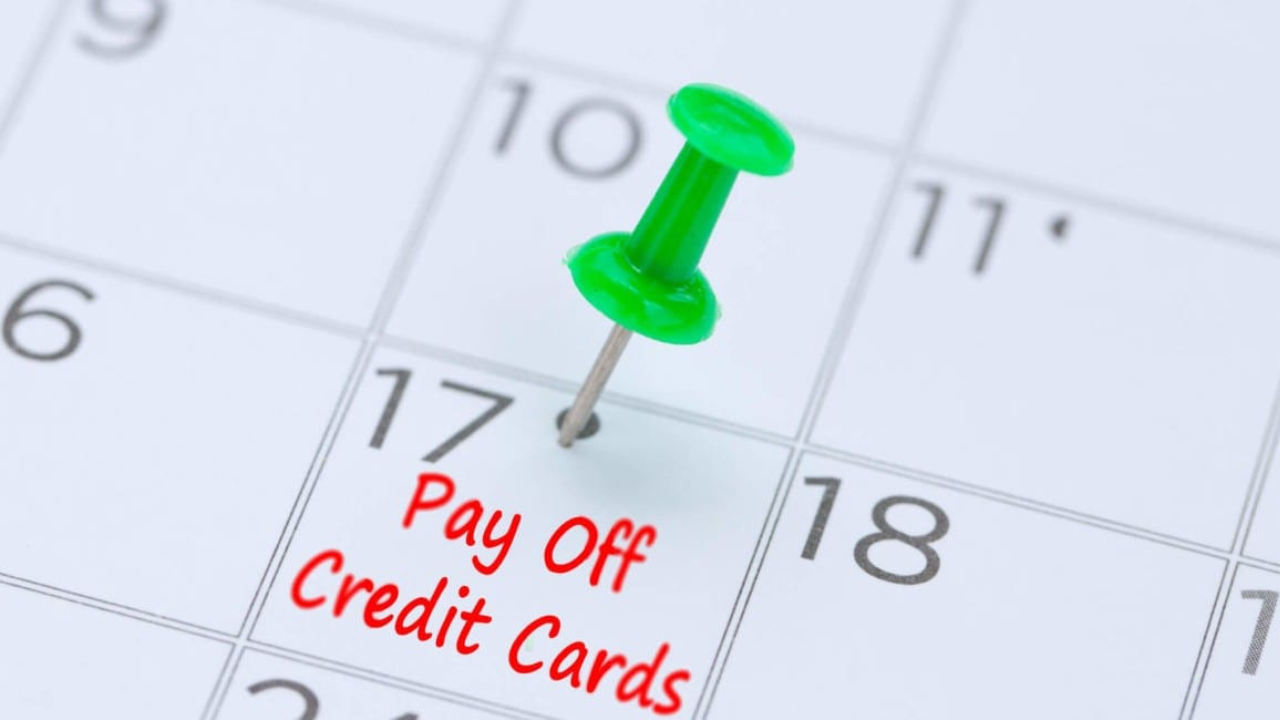
Step 8: Consider a loan
A worthwhile option is to take a loan from family and friends, of course, those you have a good relationship with. paying off your entire credit card debt at a shot with a little help will save you all that interest.
Step 9: Minimize your expenses
It’s never too late to make a fresh start. start by listing your monthly fixed expenses – rent, utilities, groceries, etc. see if there is any scope to reduce costs here.
Step 10: Pause investments while in debt
Another habit that does not align well with financial trouble is continuing to invest while being in debt. even if you make some money on the stock market or mutual funds, any passive income gets negated as your debt mounts.
